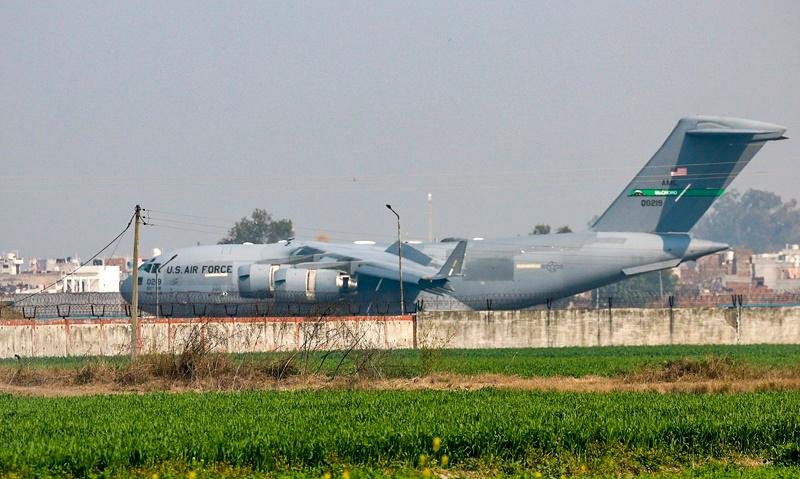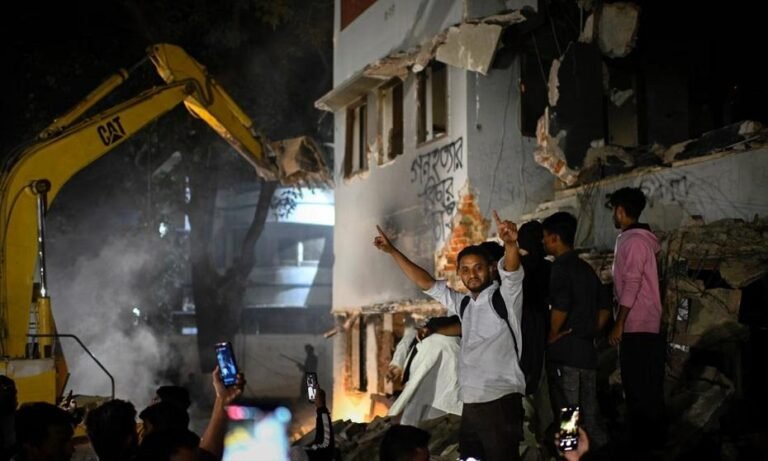The C-17 aircraft, carrying migrants mainly from India’s Gujarat, Maharashtra and Punjab states, landed Wednesday afternoon local time in the northwestern city of Amritsar, Punjab officials said.
It was the longest-distance flight since the Trump administration began deploying military aircraft for migrant transportation, according to a US official.
Friends and family of some of the returnees told CNN of the hardships they faced to get to the US, only to be sent back soon after arrival.
Manriasat Singh, whose 23-year-old cousin Akashdeep Singh was among those on the deportation flight, told CNN that he “sounded low.”
Akashdeep left for the US seven months ago, spending nearly $60,000 for the journey, which his father had acquired by selling two-thirds of their land, his cousin told CNN.
Shortly after Akashdeep’s arrival to the US in January, he was detained and deported, his cousin said. “His parents are happy that he has not spent 10 years in jail and is returning. At least he is alive,” Manriasat added.
‘The youth want to live a good life’
Akashdeep’s story is not unique. In just four years, the number of Indian citizens entering the US illegally has surged dramatically — from 8,027 in the 2018-19 fiscal year to 96,917 during 2022-23, government data showed.
Young Indians looking for work opportunities have made up a sizeable portion of undocumented migrants in the US, some of whom are making the dangerous trek through Latin America to reach the US southern border.
Kuljinder Kaur, whose husband Harwinder Singh was deported on a military flight, told CNN the 40-year-old farmer decided to go to the US in April last year to seek better opportunities. A travel agent charged him more than 4 million rupees (about $45,000) and said he would reach the US in 15 days.
“Once he was settled there he was going to bring us over, but we could not ever have thought the horror he went through,” Kaur said. After he left Punjab, Singh was shuffled through trucks, boats, vans, and every other form of transport for over 10 months and multiple countries. He crossed the border around January 15 from Mexico.
“When he crossed, he went to buy some water and was immediately picked up by the army and thrown into a detention camp, then they went through their legal processes, and then two days ago he was told Trump is sending him home. He was put in handcuffs and taken to the airport and put into a military flight, for hours they didn’t have access to water and couldn’t even use the loo,” Kaur said.
Lakbhir Singh, a former Punjab village leader, knows one of the deported Indian citizens.
He said the repatriated man’s “family is distraught.” The family had sold their property and spent thousands of dollars “to send their son abroad and the boy came back,” Lakbhir said.
He said unemployment was driving young people in his area to leave. “The youth want to live a good life,” he said. “The government should do something about it, instead of flashing their names and villages on television. They should deal with the problem at the core of it.”
While the Indian government has announced its intent to receive its deported citizens back, local leaders are calling for greater measures to be taken to address the root of the problem.
“This is my request to the federal government,” the Punjab State Minister of Non-resident Indian Affairs, Kuldeep Singh Dhaliwal, said to local media on Wednesday after meeting the deported individuals.
“I especially request that Prime Minister Narendra Modi should sit with the US President Donald Trump and find a solution to whatever is happening or is going to happen.”
CNN’s Priscilla Alvarez contributed to this report














